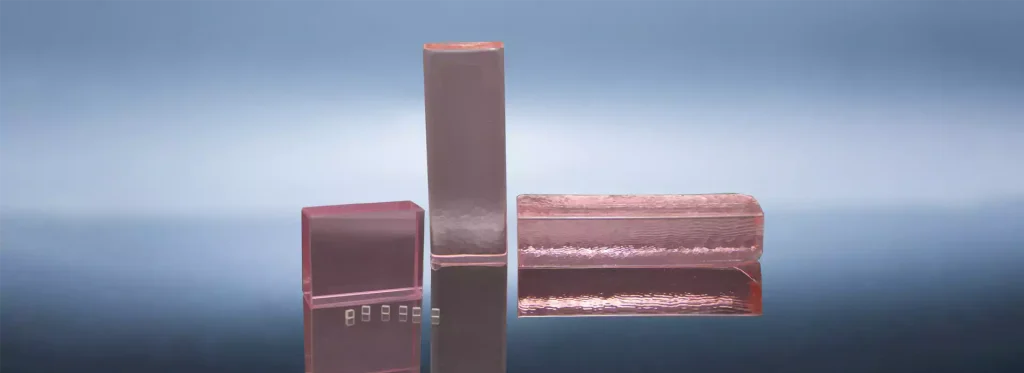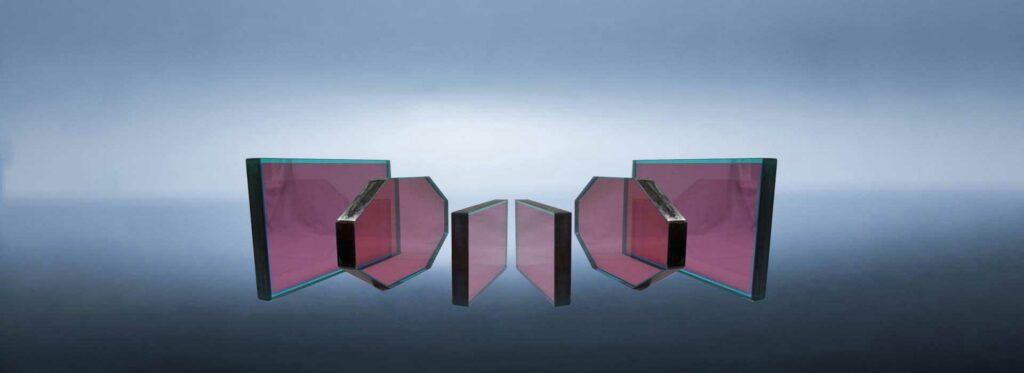Ti Sapphire Crystal
Ti Sapphire crystal, also known as titanium-doped sapphire crystal, is a synthetic crystal widely used in solid-state lasers. It comprises a sapphire (Al2O3) host material doped with titanium ions (Ti3+ or Ti4+). Ti Sapphire crystal is typically grown using the Czochralski method, which involves pulling a crystal seed out of a melt of the starting materials.
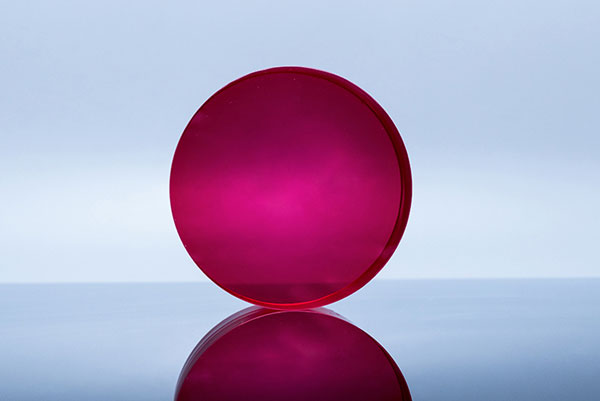
One of the key properties of Ti Sapphire crystal is its broad gain bandwidth, which allows it to emit light at a wide range of wavelengths. The gain bandwidth is determined by the transition between the Ti3+ and Ti4+ ions, which is responsible for the absorption and emission of light in the crystal. This transition occurs in the near-infrared region of the electromagnetic spectrum, which makes Ti Sapphire crystal ideal for use in ultrafast lasers.
Ti Sapphire crystal also has a high quantum efficiency, which means that it is able to convert a high proportion of the input energy into output energy. This makes it an efficient laser gain medium, which is critical for many applications. In addition, Ti Sapphire crystal has a broad tuning range, which allows it to emit light at different wavelengths depending on the application.
1.2 Glass
Glass is a non-crystalline material widely used in optics due to its high transparency and low dispersion. Glass is typically composed of a mixture of silicon dioxide (SiO2) and other additives, which can be used to modify its properties. Glass is typically formed by heating the starting materials to a high temperature and then allowing them to cool rapidly.
One of the key properties of glass is its high refractive index, which means that it can bend light more than other materials. This property makes it ideal for use in lenses and optical fibers, which rely on the ability to control the direction of light. In addition, glass is transparent in the visible region of the electromagnetic spectrum, which makes it an ideal material for use in lenses and mirrors.
Glass can also be doped with rare earth ions to modify its properties. For example, erbium-doped glass is used in optical amplifiers, which amplify light signals in optical fibers. The doping process involves adding small amounts of rare earth ions to the glass melt, which are then incorporated into the glass as it cools.
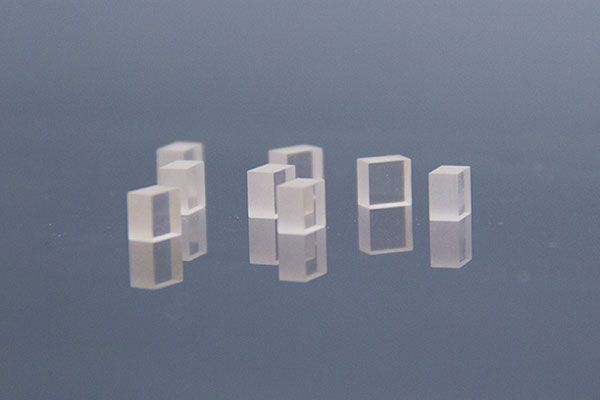
Comparison of Ti Sapphire Crystal and Glass
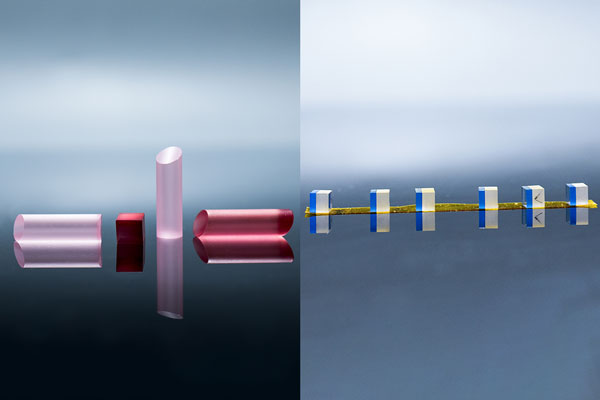
Ti Sapphire crystal and glass have several similarities and differences in optical properties. Both materials are transparent, with Ti Sapphire crystal having high transparency in the visible and near-infrared regions of the electromagnetic spectrum. Similarly, glass has high transparency in the visible region and can be made transparent in the infrared region by doping it with rare earth ions.
Ti Sapphire crystal and glass differ significantly in terms of their optical properties. Ti Sapphire crystal has a broad gain bandwidth, allowing it to emit light at a wide range of wavelengths. This makes it ideal for use in ultrafast lasers and spectroscopy. In contrast, glass has a high refractive index, making it ideal for lenses and optical fibers.
Ti Sapphire crystal also has a high quantum efficiency, meaning it can convert a high proportion of the input energy into output energy. This makes it an efficient laser gain medium, critical for many applications. In addition, Ti Sapphire crystal has a broad tuning range, which allows it to emit light at different wavelengths depending on the application.
Glass, on the other hand, can be doped with rare earth ions to modify its properties. This allows it to be used in various applications, including optical amplifiers, which amplify light signals in optical fibers.
Applications of Ti Sapphire Crystal and Glass
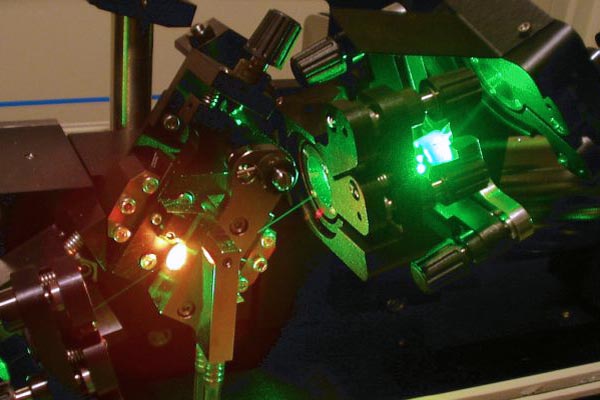
Ti Sapphire crystal and glass have a range of applications in optics due to their unique properties. Due to its high gain bandwidth and broad tuning range, Ti Sapphire crystal is commonly used as a gain medium in solid-state lasers, particularly ultrafast lasers. It is also used in spectroscopy, where it can be used to generate light at specific wavelengths.
Glass is widely used in optics due to its high refractive index, making it ideal for lenses and optical fibers. It is also used in mirrors and prisms, where its transparency and ability to bend light are essential. Glass is also used in various other applications, including display technology, where it is used to create flat-panel displays.
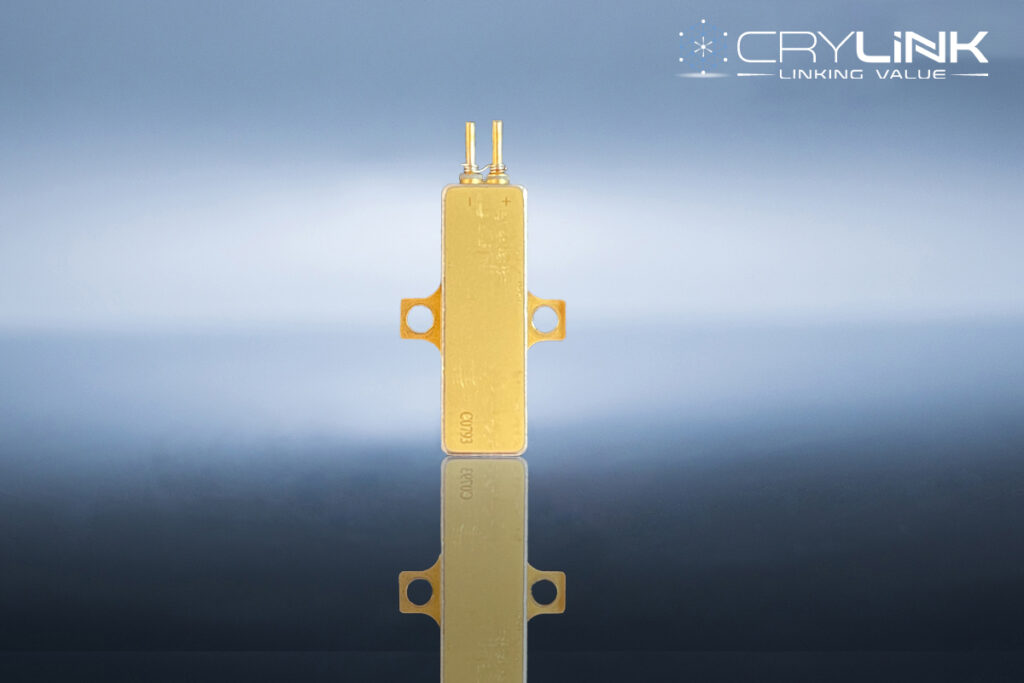
Conclusion
In conclusion, Ti Sapphire crystal and glass are two unique materials with various applications in optics. Ti Sapphire crystal is a popular laser gain medium due to its high gain bandwidth, quantum efficiency, and broad tunability range. Glass, on the other hand, is widely used in optics due to its excellent transparency, high refractive index, and low dispersion.
While Ti Sapphire crystal and glass share some common properties, such as their transparency, they differ significantly in their optical properties. Ti Sapphire crystal has a broad gain bandwidth and high quantum efficiency, making it ideal for use in ultrafast lasers and spectroscopy. Glass, on the other hand, has a high refractive index, making it ideal for use in lenses and optical fibers.
Several subsequent articles will explore the optical properties of Ti-sapphire crystals and glasses in more detail, comparing their properties and characteristics comprehensively. This information can be used to select the appropriate material for specific applications, leading to better performance and efficiency.

Frank
Frank graduated from the University of Shanghai for Science and Technology, majoring in optics. As a technical engineer at Crylink Company, he deeply understands crystal materials and laser components.
Related Video(s) with this Article
Related Product(s) with this Article
Related Application(s) with this Article


